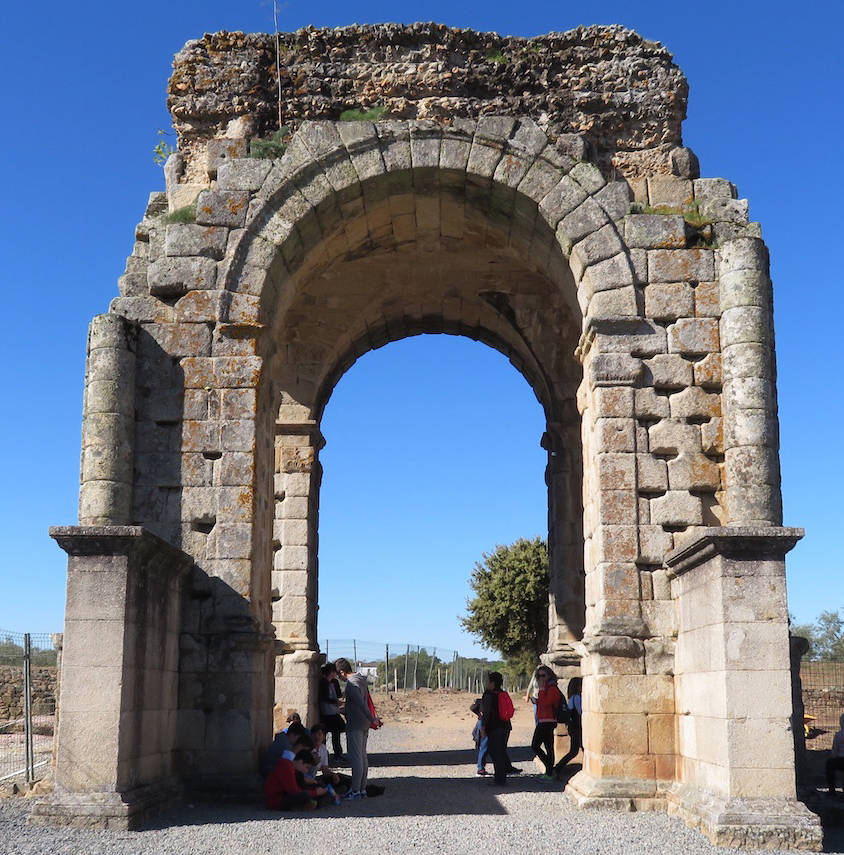April 2018 (122.2)
Article
Reception of the Roman Arch Monument
Hundreds of arch monuments were commissioned during the era of Roman rule, and most stood in the provinces. Given the global turn in scholarship, it seems timely to ask anew how the empire’s residents conceptualized the commemorative arch and how modern interlocutors have recast that understanding. To demonstrate the benefits of stratifying phases of reception—from Rome to the provinces and from antiquity to the present day—this article presents new analyses of arches from Cáparra (Spain), Timgad (Algeria), and Thasos (Greece). Their designs, dedications, and supplementary statues offer new insights into the monument’s mediation of evolving social and cultural networks in antiquity. Interventions in the 19th and 20th centuries obscured the complexities of these negotiations while suborning the monuments in support of new geopolitical endeavors. A critical historiography indicates how vulnerable they have been to interpretive slippage resulting from implicit biases about monuments and imperial power. Approached in these new ways, arch monuments have much to contribute to a globalized account of the ancient Mediterranean.
